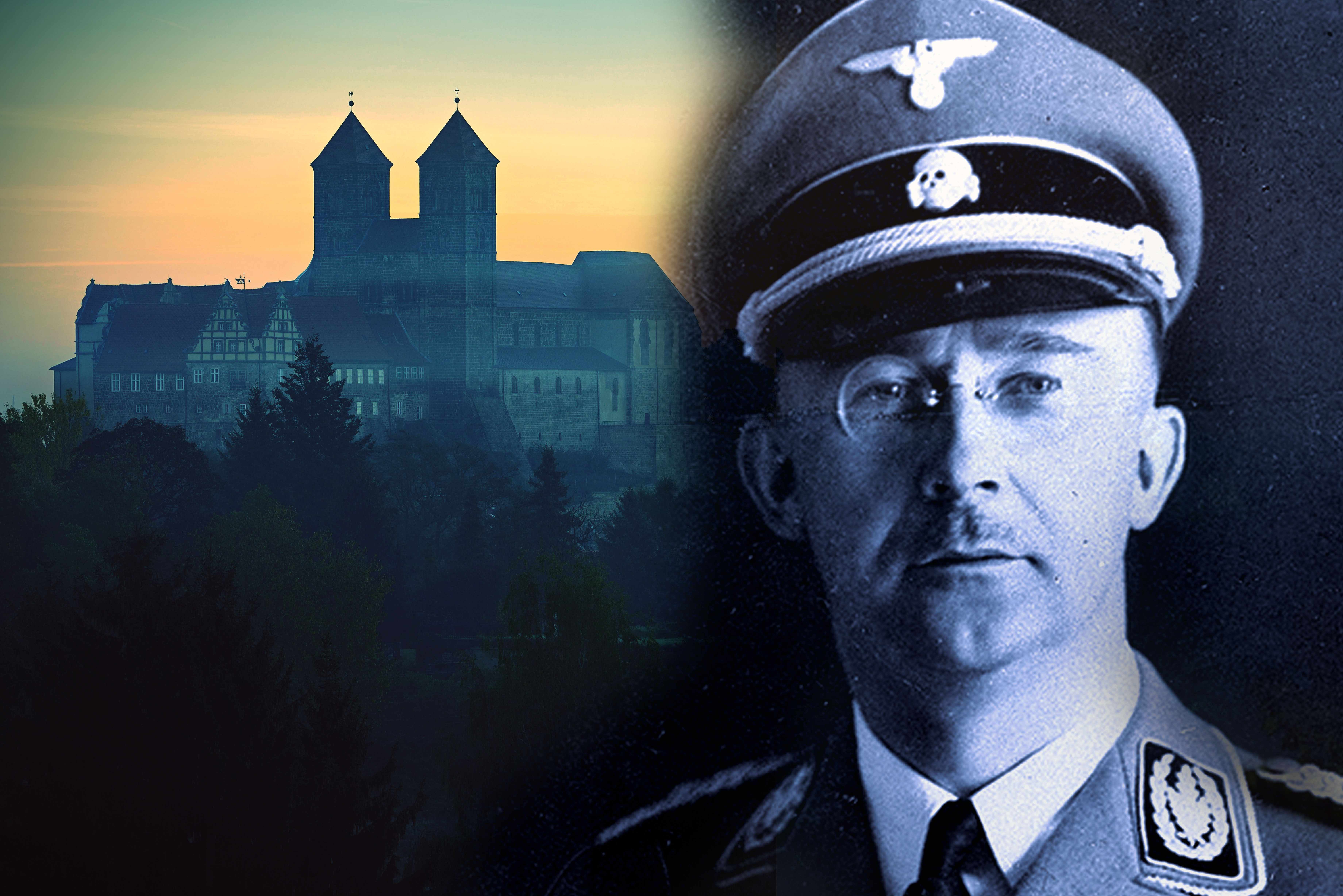In 1936 Adolf Hitler’s Schutzstaffel—the dreaded SS—began transforming a medieval castle abbey associated with Germany’s first king into a Nazi worship center. The shrine to the Führer and National Socialism was in the scenic town of Quedlinburg, amid the northern foothills of Saxony’s Harz Mountains.
A region of dark crags and misty mountains well known for its folktales of witchcraft and demons, the range gained an even more chilling reputation when, in his play Faust, Johann Wolfgang von Goethe called it a gathering place of evil spirits. The SS seizure of Quedlinburg Abbey from its congregation ensured the region became an epicenter of Nazi occultism. The twisted transformation that unfolded would see a battle for a church, a hunt for a missing royal skeleton, ghostly candlelit ceremonies in an ancient crypt and the transformation of a medieval church into a temple of Nazi terror.
A legendary king
Since the death of Heinrich der Vogelfänger (Henry the Fowler) in 936, the details of his life have fallen into obscurity. The first king of a unified German state, Heinrich was popular in his day for having waged wars against Eastern European neighbors. Despite being married to a devout Christian, he refused the traditional church anointing of his coronation.
German poets, playwrights and nationalists have since romanticized Heinrich in their works. The rugged king—known to have been an avid hunter—has a leading role in Richard Wagner’s famed opera Lohengrin, appearing in all three acts. The seat of Heinrich’s power was the mountain town of Quedlinburg, where, like many German rulers, he established his imperial residence in a hilltop castle. After his death, the widowed Queen Mathilde founded an abbey church adjoining the castle and dedicated to St. Servatius. The famed king was said to have been buried within a shadowy rock-hewn crypt beneath the abbey.
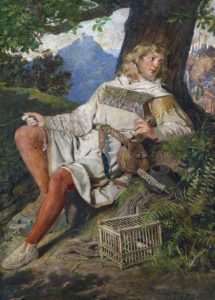
Heinrich rose again to the forefront of German national consciousness in 1936 when circumstances brought him to the attention of the notorious Heinrich Himmler.
Formerly a frustrated Bavarian chicken farmer, as Reichsführer-SS—head of all internal and external police forces—Himmler was among the most powerful members of the Nazi elite. He oversaw the regime’s infamous mass atrocities, including the political purges, concentration camps, forced labor, medical experimentation and genocide. A racist extremist, he had fantasized about conquests against foreigners since his youth as an agronomy student in the early 1920s. A former Catholic, Himmler became obsessed with mysticism and created his own neo-pagan religion. His interest in both racial supremacy and mysticism prompted his fascination with Heinrich and Quedlinburg Abbey.
A Propaganda “GodSend”
In a secret report dated Oct. 24, 1935, Hermann Reischle, head of the SS Race and Settlement Main Office, informed Himmler that July 2, 1936, would mark the millennial anniversary of Heinrich’s death. “The thousand-year anniversary within the coming year is, from a propaganda standpoint, virtually a godsend for us,” Reischle wrote.
Himmler instantly recognized the king’s legend could be adapted to Nazi narratives—for example, Heinrich’s unification of Germany, wars with Eastern countries and rugged Nordic attributes. Himmler referred to the king as the founder of Germany’s first “Reich” and a “Führer personality.” “He had the knowledge that the German people…must look beyond their own clan and their own space so as to align themselves with greater things,” Himmler said of Heinrich in his address at the 1936 millennial ceremony. “His ‘Slav wars’ found the first step beyond the Elbe for German colonization.…We present-day Germans perceive his meaning with complete clarity.” Himmler also used the king’s myth in an attempt to validate genocidal SS policies. “He had the courage to create unpopular politics and had the wherewithal and the power to see them through.”
Himmler’s obsession with Heinrich—whose first name he shared—grew to such an extent that SS members claimed Himmler viewed himself as the mythical monarch’s reincarnation, asking associates to address him as “King Heinrich.”
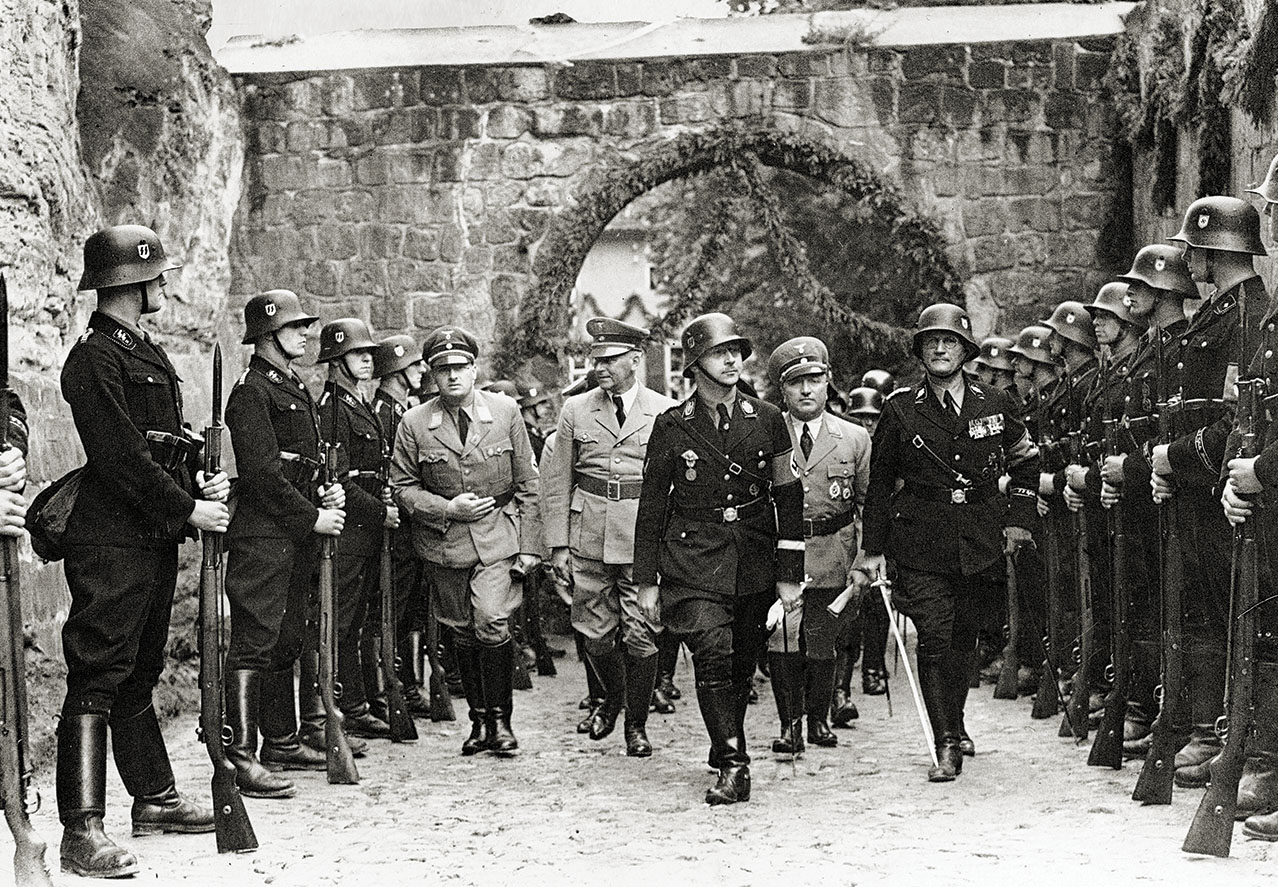
Himmler was quick to stake his claim on Heinrich’s burial place. He created an SS task force to manage affairs at Quedlinburg Abbey and the crypt beneath it. In 1936 members’ initial job was to inspect and prepare the place for the millennial event, dubbed the Heinrichsfeier—“Heinrich’s celebration.”
The task force had a ceremonial staircase constructed outside the abbey to accommodate marchers and divided the town into 10 sections for organizing the marches. Meanwhile, crews comprising some 14,000 men sorted out an estimated 11 miles of cable to accommodate broadcast media. Hitler Youth leader Baldur von Schirach “consecrated” flags representing Germany’s children. Chief SS propagandist Gunter D’Alquen described the event:
“The streets were decorated with touching care, the houses painted and wreathed, when on July 2, 1936, the long column of guests of the Reichsführer-SS, Heinrich Himmler, first went out through the streets of the town to the old royal courtyard.…Ascending to the castle among the closely packed files of men were the soldiers in black, and the sun shimmered in their bare weapons and polished steel helmets.”
Stealing the Church
The widely publicized ceremony drew many figures who would soon become notorious—Reich intelligence director Reinhard Heydrich, the “Butcher of Prague”; Robert Ley, head of Germany’s central slave labor organization; Wilhelm Frick, Hitler’s minister of the interior; August Heissmayer, concentration camp inspector and head of SS-Totenkopfverbände (Death’s Head) squads; Karl Wolff, Himmler’s chief of staff; Hans Frank, the eventual governor-general of Nazi-occupied Poland, and many others. The SS and Quedlinburg city officials made enthusiastic plans for annual Heinrichsfeiern. Yet a yearly festive ceremony was not enough for the obsessed SS leader.
Himmler wanted the cathedral transformed into a Nazi shrine. Laying the groundwork, he attacked Christianity in his 1936 speech, claiming it was a harmful foreign influence on Germany. His views found their way into the media, and Nazi publications expressed support for the pagan transformation of the abbey. A propaganda rant published in a 1938 edition of the newspaper Der Mitteldeutsche alleged Christianity had “falsified the cathedral.…It was made into an un-German expression of compassion.…But does this world ever progress through compassion and mercy?”
The SS formally notified the mayor of Quedlinburg that certain “VIPs” found the church crypt in “unworthy condition,” incapable of producing a “feeling of inner holiness.” The SS obtained loans at special rates from Dresdner Bank—the official Nazi Party bank, which drew funds in part from confiscated Jewish property—to finance a massive reconstruction. The total budget available amounted to 250 million Reichsmarks, of which an estimated 13 million was spent before the end of World War II. Forced laborers from concentration camps performed the construction work.
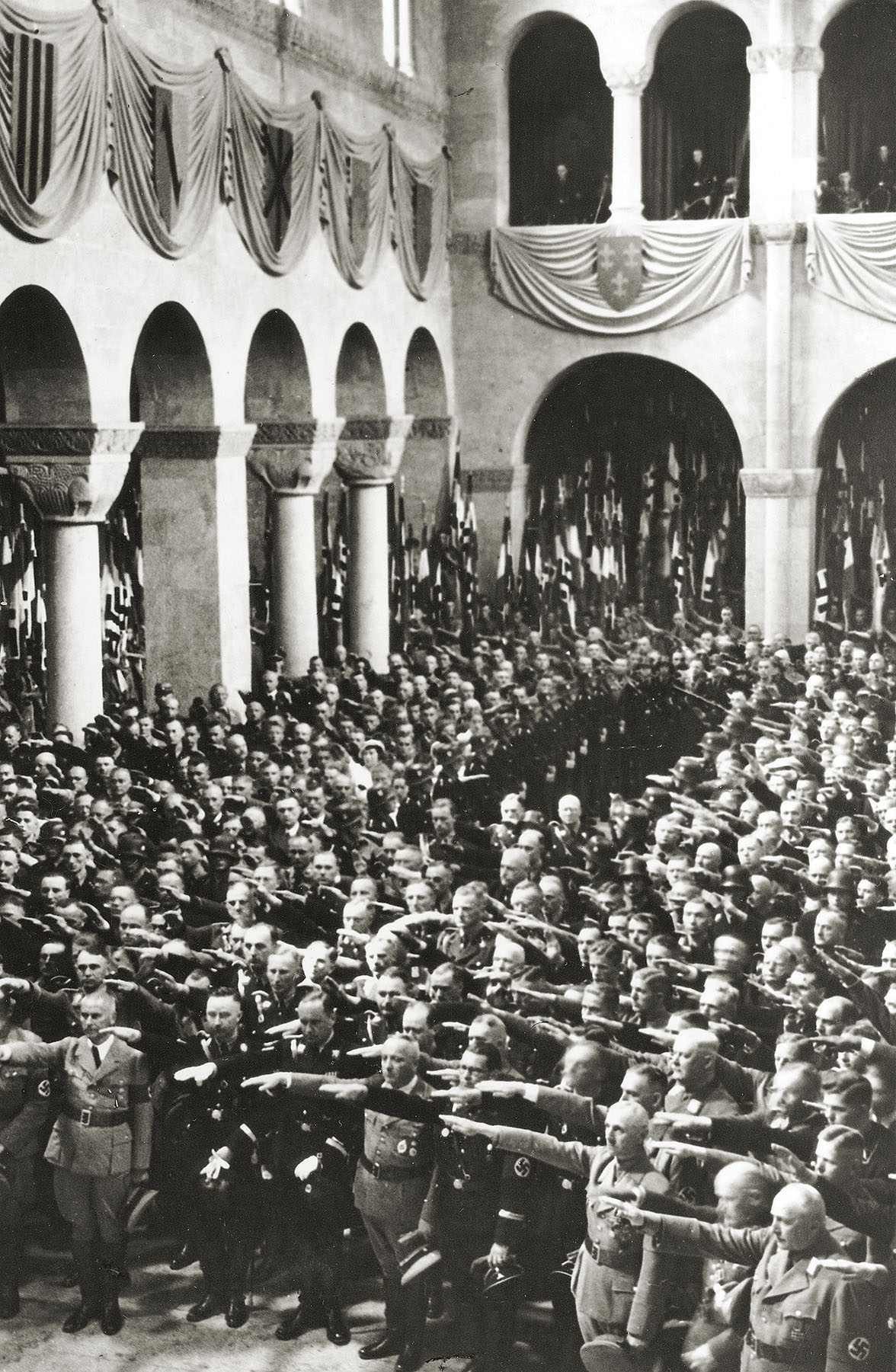
The SS stripped the cathedral interior of Christian imagery and draped the walls with royal blue cloth. They tossed the altar and pulpit into an outdoor courtyard and replaced the central stained-glass window with a transparent one emblazoned with a Nazi eagle. Urns containing soil samples collected from all regions of Germany lined the sanctuary. Himmler demanded that wooden shields decorated with medieval runes be hung on the walls. In fact, these were local “house marks” used in the town as property symbols. Black SS flags stood out from the walls, while candles and stark lighting created visual drama. Himmler envisioned a red granite stone altar depicting King Heinrich and bearing heraldic symbols. He also planned to install “Heinrich stations” in a perverse imitation of the Catholic Stations of the Cross.
“This is no longer a church in an ordinary sense—this is a temple, a fest-hall of a strong, almighty creator,” D’Alquen wrote in a tribute published by the Völkischer Beobachter, the Nazi Party newspaper.
There was only one problem with the new shrine—it was missing its idol.
The King Is Missing
While preparing for the 1936 ceremony, Himmler’s Quedlinburg task force came to the rude realization that King Heinrich—by then styled as Germany’s “first Führer”—was not actually buried in the abbey crypt. On the opening of the vault SS officials were bewildered to discover only the sarcophagus of Heinrich’s beloved wife and queen, Mathilde. In the spot where the legendary king was thought to have rested, the Nazis found only an empty shaft.
At the conclusion of his 1936 address Himmler was forced to admit to captivated attendees that the great king everyone had come to honor was not actually there:
“And finally I must lay bare a truth that is heart-wrenching and shameful for our people—the bones of the great German Führer no longer rest in their burial place. Where they are, we do not know. We can only ponder over it. It could be that his loyal troop of followers took his holy body to a dignified but unknown place—or it could also be that the sinister, unquenchable hatred of political dignitaries scattered his ashes to all the winds.”
The king’s empty resting place was outfitted with a wrought-iron grille and oak wreaths, framed by iron chandeliers and overseen by rotating pairs of SS guards in an “eternal watch of honor.” The crypt became the focal point of “hours of reverence”—a worship service mimicking Catholic Holy Hours before a tabernacle complete with candlelight and meditation. Members of the Hitler Youth and the League of German Girls often participated in these ceremonies, and SS recruits swore “blood oaths” in the crypt.
Meanwhile, Himmler ordered his minions to find the king’s missing corpse. An article in the SS newspaper Das Schwarze Korps declared the SS would “sieve every inch of soil” to locate the royal remains.
Scrambling to please their impatient leader, SS troops found themselves performing amateur archaeology work. They first tore up the abbey floors in search of the king’s tomb, creating debris and unearthing a variety of skeletons, including the remains of a small child and other unidentified individuals.
During the search for Heinrich’s lost body the SS also cracked open the sarcophagus of Queen Mathilde, thinking perhaps the couple might have been buried together, but the coffin contained only the queen. Running out of ideas, the SS began to excavate a portion of the town cemetery, a move that upset local citizens.
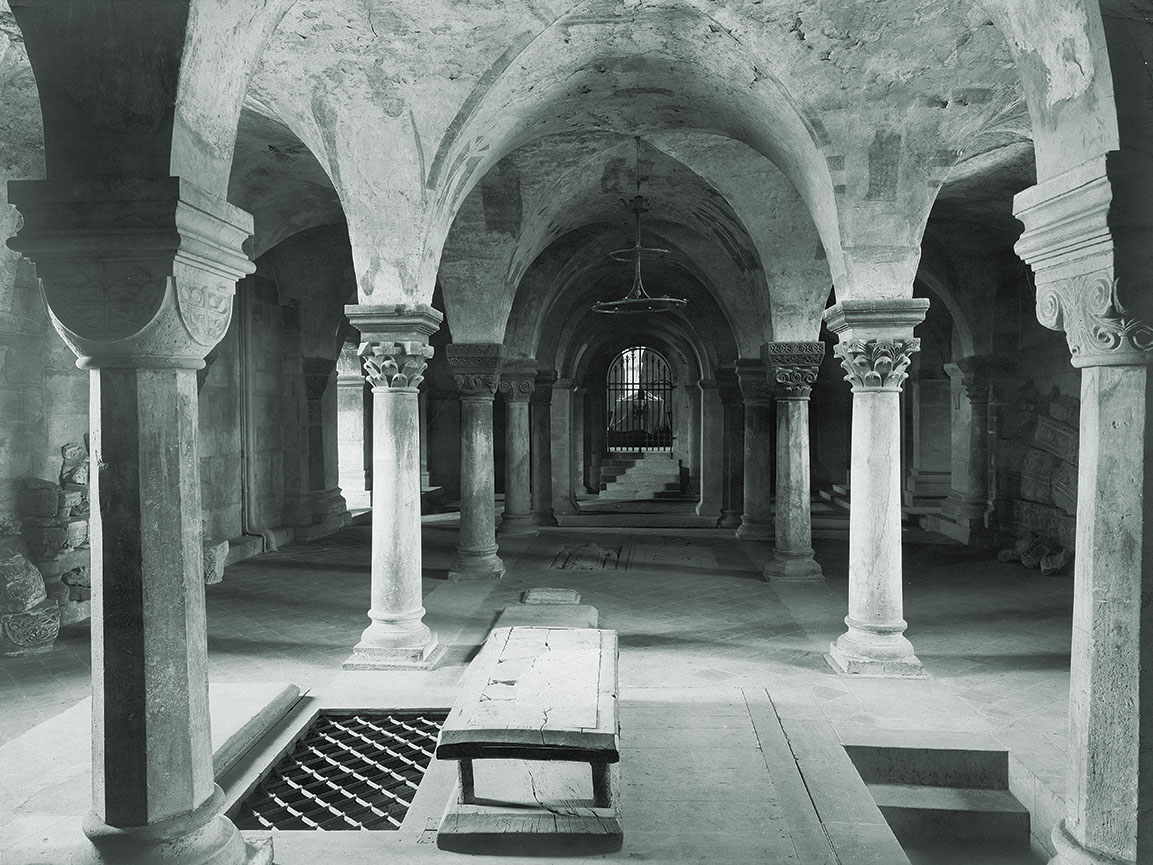
It was not the first time Himmler had ordered coffins pried open in search of noble remains. In 1935 he’d become fascinated with another Heinrich—the duke known as the Lion of Saxony—and demanded to view the ruler’s bones. However, when that coffin was opened, Himmler was horrified to behold a slight skeleton with hip damage instead of the mighty, leonine figure he’d anticipated. According to a 2000 article in Die Zeit magazine, German authorities investigating that exhumation in the 1970s determined the Nazis had accidentally opened the coffin of the duke’s wife.
With Himmler looming over them, the desperate SS “archaeologists” searching for Heinrich the Fowler were hard-pressed to solve the problem of the missing king. The search became ever more frenzied as the 1937 festival approached. Just in time, in a seeming miracle, the SS men announced they had found a decorated royal corpse they were certain was King Heinrich’s.
The SS as “Crypt Keepers”
The SS organized an elaborate reinterment ceremony in 1937. Placing the body within a massive carved stone sarcophagus decorated with runes, they held a midnight ritual in the candlelit crypt accompanied by suitably austere organ music.
“Now King Heinrich has his eternal peace,” declared a July 8, 1937, article in Das Schwarze Korps. “An old sacrilege is expiated! An old shame is absolved! According to his wishes, the king lies to the left of his beloved wife, and no one will ever again dare to disturb his peace! We are proud and happy with our work.”
Yet no discovery had been made. The bones buried in the stone sarcophagus did not belong to the fabled Heinrich. Not until after the war would that well-guarded secret be revealed.
The townspeople of Quedlinburg had lived in isolation for centuries, and those living there in the 1930s were displeased with the upheaval the SS brought to their community. The anger and resentment engendered by the confiscation of their abbey and destruction wrought by subsequent Nazi “renovations” were further exacerbated by the SS excavations in the town cemetery.
In June 1937 local authorities announced they wished to “entrust” the abbey to Himmler as a “sanctuary of the German nation,” a move enthusiastically supported by the mayor. But many citizens, particularly the cathedral’s Protestant congregation, strongly opposed such a designation and sent letters of complaint to Third Reich officials.
On December 18 the Reich Ministry for Religious Affairs claimed the congregation had “no legal jurisdiction” over the building. A subsequent SS order further stipulated, “Members of the cathedral congregation are no longer allowed to enter the crypt. The keys to the crypt and the treasury will be received by Himmler.”
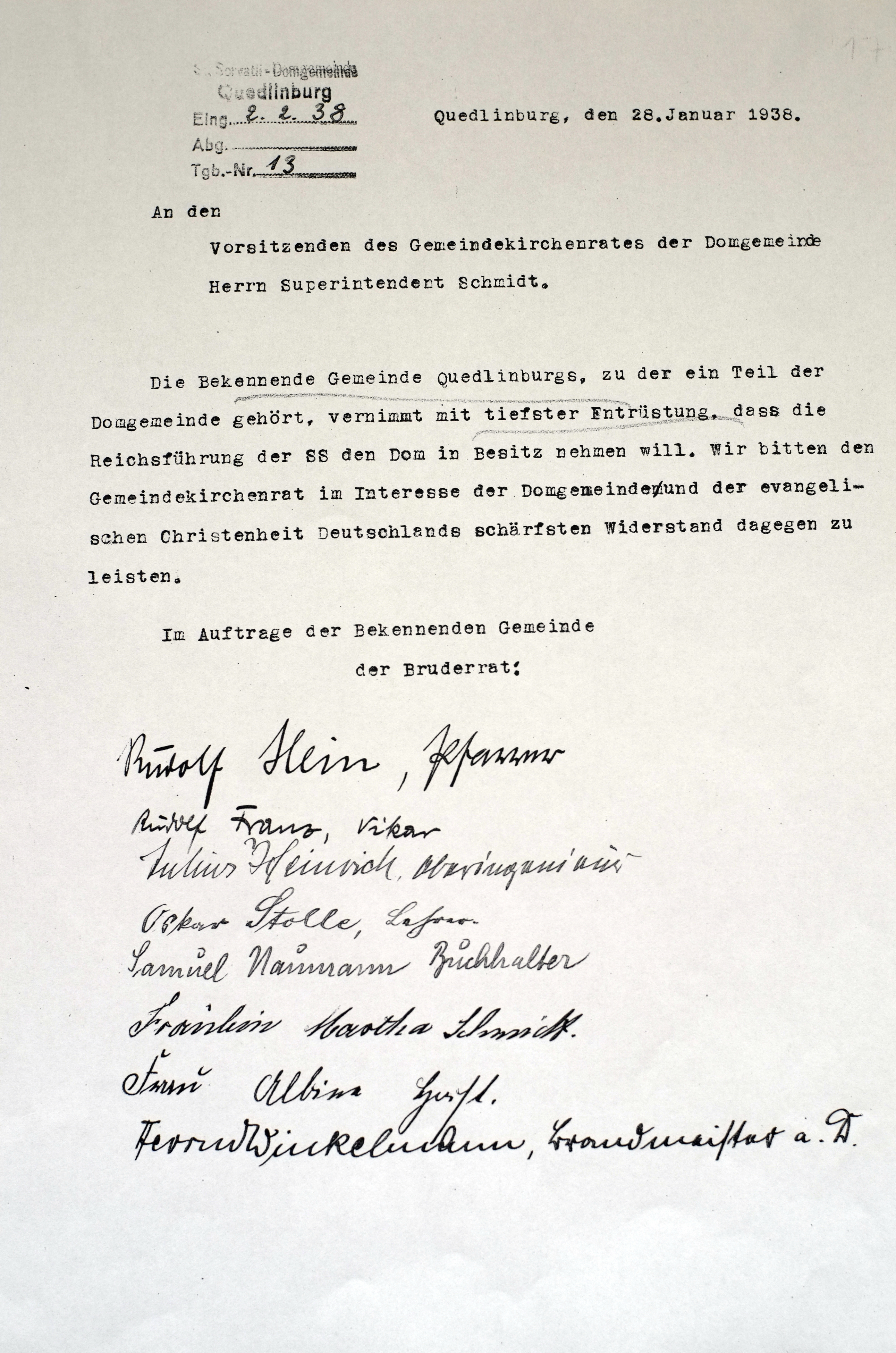
In response the congregation sought assistance from Protestant authorities, including church representatives in Berlin. Leading their efforts was Pastor Rudolf Hein, who wrote the following impassioned letter on Jan. 28, 1938:
“[The] community of Quedlinburg, to which a portion of the church community belongs, reacts with deepest outrage to the fact that the Reichsführer-SS wants to take ownership of the cathedral. We ask the General Church Council, in the interest of our cathedral community and the entire Protestant Christian community of Germany, to put up the fiercest resistance against this.”
The letter, cosigned by sacristans and the abbey bookkeeper, was a bold stand against Himmler, as signatories risked severe punishment for defying the Nazi state. At a meeting on February 5 the church council resolved never to surrender control of the abbey to Himmler. However, the very next day an SS officer demanded the keys to the sanctuary, underscoring that disobedience would be tantamount to “resistance to government authority.” The congregation understandably surrendered the keys.
The SS punctuated its victory by raising the Nazi flag from the cathedral tower, its central swastika illuminated at night by the beam of a spotlight. Members of the congregation were subsequently placed under surveillance. The police even attended church services, parsing the pastor’s sermons for incriminating statements.
Congregants held their last Christian service in the cathedral that Easter. Pastor Hein vented his outrage in his diary. “On April 8 I had to conduct a wedding at the lower altar by rearranged church pews strewn halfway in the central aisle,” he wrote. “I felt like I was in a junk room.…They have made it into a den of thieves.”
Afterward, the congregation was expelled, and entrance to the cathedral required special permission from the SS. Such restrictions did not end opposition to the cathedral’s Nazi makeover, however.
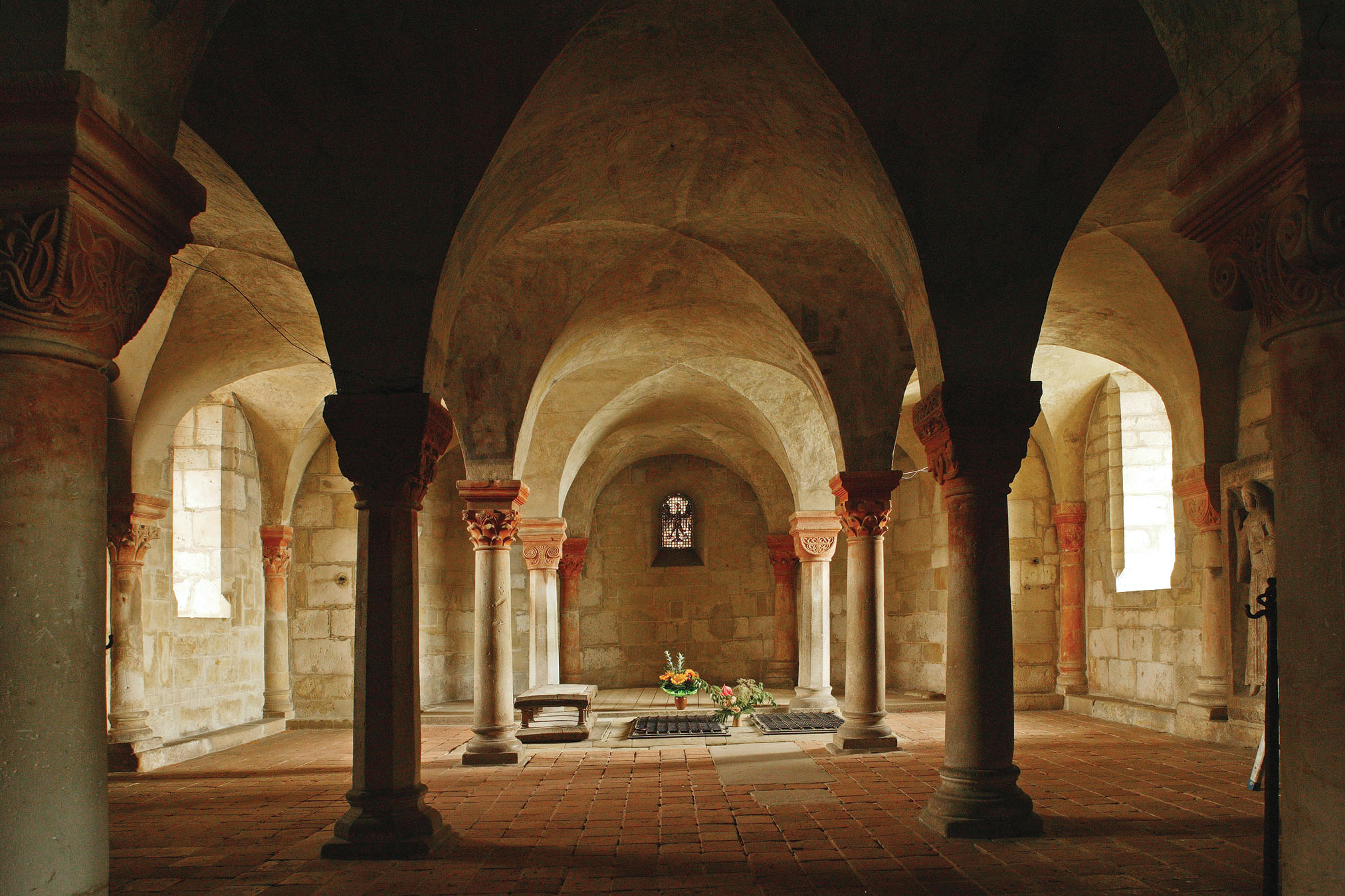
Uncomfortable with the site’s Christian origins, Himmler set about rewriting its past. He had the uniformed SS men who guided tourists and curious foreigners around the abbey present a Nazi version of its history. On Aug. 14, 1939, the cathedral was visited by an ecumenical group of some 120 tourists, including 20 Swedes. According to a contemporary SS report the tourists asked a “flurry of questions” about why the pulpit and crucifixes had been removed.
When the SS guide launched into a speech on Nazi mythology, some tourists challenged and heckled him, while others declared they were interested in architecture, not in being “converted to paganism.” The guide lost his composure when an elderly woman in the group removed and cleaned her false teeth inside the crypt, an “indecent act” for which the woman was reprimanded. For his trouble, the guide was relieved of his duties.
Liberation—And The Truth
Though Himmler had intended the Heinrichsfeiern to be annual events, they ended with the outbreak of war in September 1939. Regardless, the SS continued to oversee the abbey and town, and bodies of prisoners from the nearby Langenstein-Zwieberge concentration camp were later trucked to Quedlinburg for incineration in the local crematorium. Not until April 11, 1945, was the camp was liberated, by troops of the U.S. 8th Armored and 83rd Infantry divisions. According to an April 20 article in Stars and Stripes, the gaunt prisoners alive to greet their liberators had been surviving only on water and potato peels.
The cathedral itself survived the war intact, with only minor bomb damage to one of its towers. Himmler had cached its relics and treasures, and several of those—including illuminated manuscripts and various liturgical objects—were in turn stolen from their hiding place by U.S. Army Lt. Joe T. Meador. The items were eventually traced to Meador’s heirs and, following a series of lawsuits, returned to Germany in 1991.
Pastor Hein reassumed control of the cathedral, which was re-sanctified on June 3, 1945. After the war Quedlinburg became part of East Germany, whose communist government frowned on religious services and kept parishioners under surveillance.
On Feb. 25, 1948, experts opened the stone sarcophagus the SS had venerated as the resting place of Heinrich the Fowler. On forensic examination the skeleton inside turned out to be that of a woman. The unidentified remains were reinterred weeks later in a different location, and the sarcophagus was later removed. While some theorized the bones might have belonged to a prioress of the medieval convent, most experts concluded that, due to the obvious gender of the skeleton, the Nazis had deliberately used a counterfeit. The only certainty is that an unknown woman had received the burial of a pagan king.
This article appeared in the November 2020 issue of Military History. For more stories, subscribe and visit us on Facebook.

